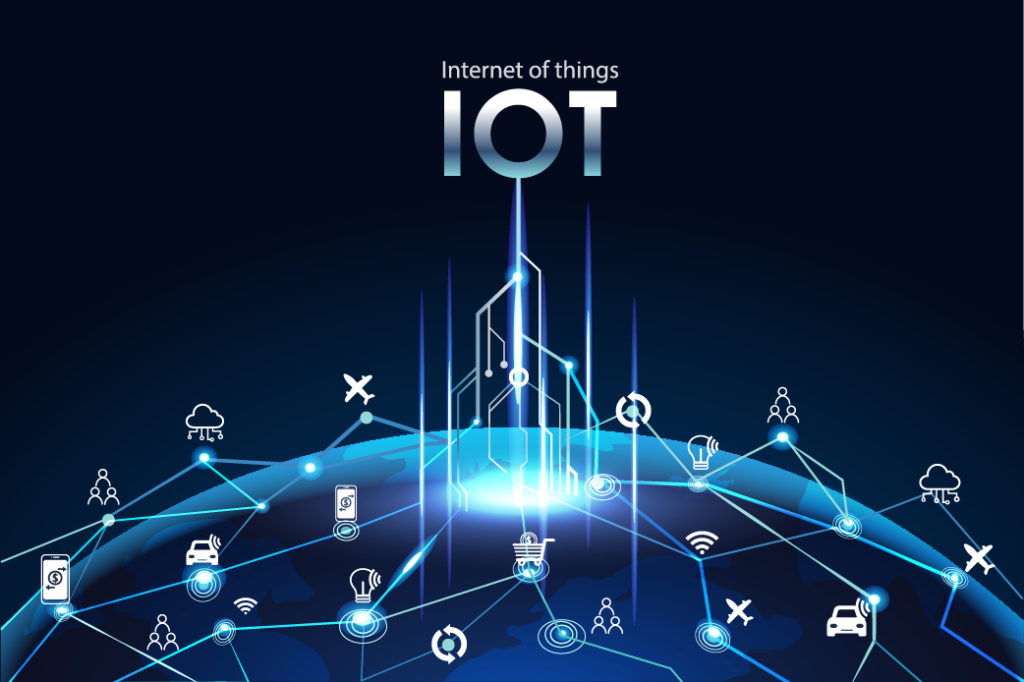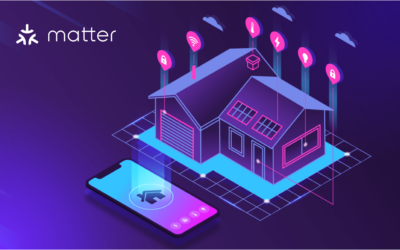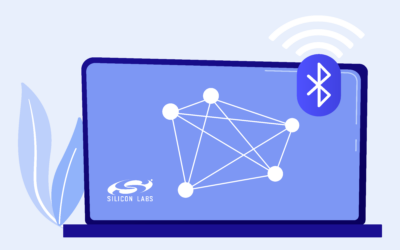Table of Content
- Considerations for Connected Device IoT Solutions
- Regulations, privacy, security, and ethics
- One of the biggest concerns about IoT is the increasing presence of products with high-risk security flaws.
- Considerations and steps to adoption
- Warrant any access for IoT devices and related technology
- Decide how to integrate the relevant IoT devices
- Secure your IoT implementation
- Have adequate IT security measures in place to protect your IoT devices and applications.
- Closely monitor the surrounding network so that you can detect abnormal data movement.
- Embrace the open nature of the Internet
- Make sure that your IoT solutions are completely integrated with your organization’s operations and processes
- Final thought
Considerations for Connected Device IoT Solutions
So, how can your organization adopt IoT? It is a detailed step process. First, make sure there is basic IoT knowledge within your organization.
It brings us to two, and that would be brainstorming. First, let’s face it. IoT is a buzzword. You’ve heard about it, or maybe you’ve read about it. Some of us haven’t.
But, where do you start? Do you have a clear strategy for IoT? What are you doing today? Can you articulate this strategy, how it applies to your environment, and how it will support your business?
You also need to identify the teams, resources, and capabilities to do the work. And, finally, it’s about taking action.
It’s either action or not. And, it is no time to do this in a reactive mode. It is time to roll up your sleeves, get started, and create something tangible that will demonstrate your ability to start connecting devices to the Internet of Things. The rest will follow.
If you have a great idea, you can turn this into a fantastic innovation. So, go out and find something that you can create using IoT.
Regulations, privacy, security, and ethics
IoT is known to be a big data gatherer. Hence, therefore, it comes with substantial privacy issues. So how can this data be appropriately stored and ensure that you comply with governmental regulations to avoid problems? IoT is impressive, but it also adds an incredible amount of potential breaches to the average network.
The lack of interoperability of various IoT technologies is a significant cause of concern. IoT connects devices in a variety of ways with different technologies. So you have to manage connectivity and data synchronization between your apps.
So it can be very challenging for IT and operation staff, which becomes very problematic when several different operators operate one connected device, and there is no trust between the networks.
IoT relies on the interoperability of connected devices to work smoothly. If devices are not able to communicate with each other, then there is nothing. However, IoT challenges are only growing, as is the number of devices connected to the network. Another concern is the growing popularity of IoT with a lack of security.
One of the biggest concerns about IoT is the increasing presence of products with high-risk security flaws.
About 10 million IoT devices can be susceptible to cyberattacks. These devices can range from cars and mobile phones to industrial equipment. More than 99% of Internet of Things devices are unpatched.
There are many elements of IoT that lead to a greater degree of difficulty with securing and operating the network. The increasing number of devices connected to a network, making it more vulnerable to attack and a mix of vulnerable and trustworthy devices.
IoT devices come in different form factors, and not all of them offer complete privacy protection, such as file systems. In contrast, others, such as smart TVs, do not even allow data storage—this adds another layer of complexity to the equation.
As each new IoT product comes to market and customers begin implementing IoT solutions, the technical challenges to implementing the network grow significantly. By introducing complexity, the impact on IT and operational staff increases, as well.
These devices are loaded with functionality, and they often have a limited set of security features. Also, many IoT devices are designed for usage outside of the IT department’s jurisdiction—this is to avoid concerns over security as they often do not have the complete trust of the end-user concerning the security practices used by IT staff.
IoT devices must support native security features for the application’s security requirements—requiring changes to the network security to support new devices, changing the mix of instruments, and implementing security into the services provided by the network operator.
IoT can pose significant risks to an organization’s security posture. Large organizations must maintain a policy and an approach to deploy IoT devices that deliver exceptional security to their security operations. But to accomplish this, they must first build IoT security into the processes, tools, and processes used throughout the organization and remove complexity in their networking environments.
Considerations and steps to adoption
When your implementation stage starts, you should successfully understand and prepare your organization to successfully address all the IoT and IoT solutions. The key points to address are to:
Warrant any access for IoT devices and related technology
Create the proper authorization and access procedure for accessing any data that comes from a particular IoT device
Enforce appropriate usage of necessary security protocols, including encryption of the data and authentication protocols
Decide how to integrate the relevant IoT devices
The implementation stage is essential from the regulatory and ethical point of view and a business perspective. The IoT solutions that work well with a robust IT infrastructure and security can only meet their customers’ needs.
Secure your IoT implementation
There are several security measures to follow to ensure that all your IoT solutions are secure. Here are a few, which you should take into consideration:
Be aware that once connected to the Internet, IoT devices can potentially be breached. Therefore, you must make sure that they are always isolated.
Have adequate IT security measures in place to protect your IoT devices and applications.
Ensure that your entire IoT ecosystem, be it the company network or the physical devices and software, has a security baseline—this means that you should have security measures for all your IoT applications.
Consider implementing your IoT solutions in a phased approach to get all aspects of your solution implemented smoothly.
Closely monitor the surrounding network so that you can detect abnormal data movement.
You also need to ensure that you have appropriate security policies and processes in place to prevent your IoT devices and applications from being breached.
Avoid a cyber-attack to maintain control over your IoT solutions. Therefore, it is necessary to keep an adequate threat and vulnerability management system to identify hazards, including advanced persistent threats.
Apart from the cybersecurity measures, it is also crucial that you keep the physical security of your IoT devices in mind. An optimal approach to execute this is to ensure that they are well isolated from your entire IT ecosystem and have minimal and secured access.
Embrace the open nature of the Internet
Many of the existing IoT solutions reply on software and can easily be implemented using an IoT solution platform. The Open Connectivity Foundation (OCF) provides one such software solution as the established standards body.
As an open-source entity, OCF has come up with the open-source DLNA standard, allowing consumers to easily connect any device to the Internet.
You can use the DLNA standard to connect smart devices to the Internet—this means that you can start using your IoT solutions without buying any additional hardware or configuring it to work with your existing hardware.
Make sure that your IoT solutions are completely integrated with your organization’s operations and processes
You should have a robust organizational structure that supports the operation of your IoT solutions. It would be best to have strong business and process management processes to ensure that your IoT solutions work smoothly.
Maintain an accurate inventory of your IoT devices. Once you have the list, you will know exactly how many devices you have deployed and how many more you need to deploy to meet your business’s projected needs. This inventory will help you with the required budget allocation.
Final thought
Actively considering the above aspects of your IoT solutions will help you with the planning stage and help you successfully implement your IoT solutions.












